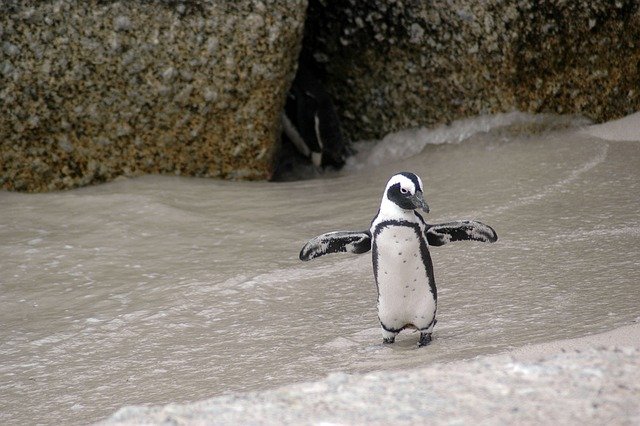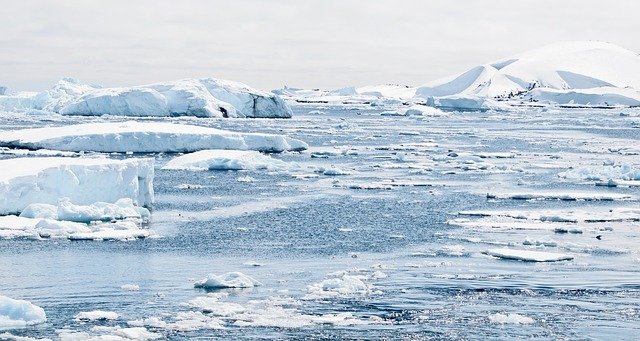"Adapting to the Cold: How Penguins Survive in Antarctica"

Adapting to the Cold: How Penguins Survive in Antarctica

Antarctica, the coldest and driest continent on Earth, is home to some of the most incredible wildlife adaptations. Among these remarkable creatures are penguins, who have evolved to thrive in the extreme cold of this icy land. Let's take a closer look at how these fascinating birds have adapted to survive in Antarctica.
1. Insulated Feathers
One of the key adaptations of penguins is their unique feathers. Penguins have a dense layer of overlapping feathers that act as excellent insulation. These feathers trap air close to the body, creating a layer of warmth and preventing heat loss. Additionally, their feathers are coated with a layer of oil, making them waterproof and allowing penguins to efficiently glide through the icy waters.
2. Counter-current Heat Exchange
To further combat the freezing temperatures, penguins have developed a remarkable circulatory system known as counter-current heat exchange. In this system, warm arterial blood coming from their heart passes close to cold venous blood returning from their extremities. This allows the warm blood to transfer heat to the cold blood, minimizing heat loss and keeping their core body temperature stable.
3. Huddling Behavior
Penguins have a unique way of staying warm during the harsh Antarctic winters – huddling together in large groups. By forming tightly packed groups, penguins can conserve heat and reduce exposure to the cold winds. The individuals on the outer edge of the huddle take turns moving towards the center, ensuring that everyone gets a chance to warm up in the middle.
4. Thick Layer of Blubber
Underneath their sleek feathers, penguins have a thick layer of blubber. This layer of fat acts as an additional insulation, providing extra warmth and energy reserves during the long, cold winters when food may be scarce. The blubber also helps penguins stay buoyant in water, allowing them to swim efficiently and catch their prey.
5. Adapted Breeding Strategies
Penguins have also adapted their breeding strategies to the extreme conditions of Antarctica. They lay their eggs on land, where they are exposed to the freezing temperatures. To protect their eggs and keep them warm, penguins take turns incubating them on their feet, using a specialized brood pouch. This behavior ensures that the eggs remain at a constant temperature until they hatch.
In conclusion, penguins have evolved a range of remarkable adaptations to survive in the harsh Antarctic environment. Their insulated feathers, counter-current heat exchange system, huddling behavior, thick layer of blubber, and unique breeding strategies all contribute to their ability to thrive in one of the most extreme habitats on Earth. These fascinating adaptations make penguins true champions of the cold.

Thank you, friend!


I'm @steem.history, who is steem witness.
Thank you for witnessvoting for me.
please click it!
(Go to https://steemit.com/~witnesses and type fbslo at the bottom of the page)
The weight is reduced because of the lack of Voting Power. If you vote for me as a witness, you can get my little vote.
Upvoted! Thank you for supporting witness @jswit.